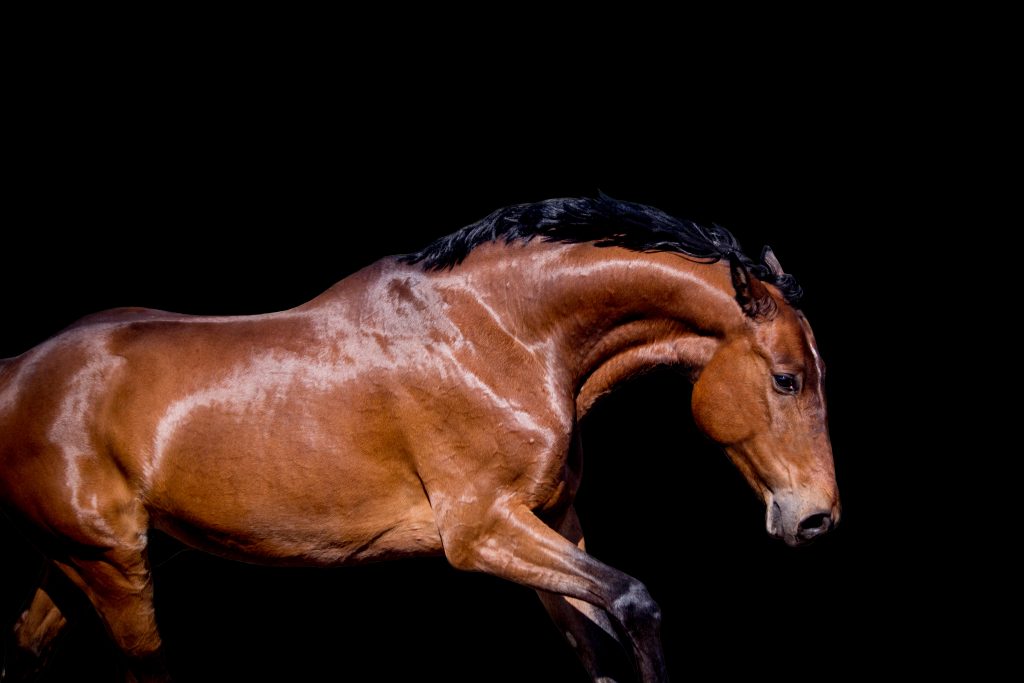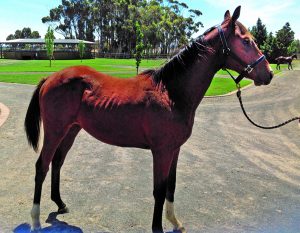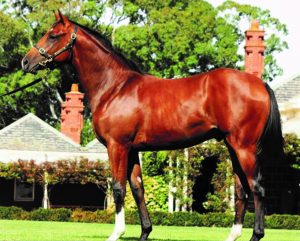Dr David Wood BVSc, MRCVS
There are three energy sources for mammalian cells, protein, carbohydrates and fats. Of these the most energy dense is fat. Protein can be converted to energy where other sources are deficient which is why we see muscle wastage in cases of starvation, but the process is inefficient. In horses the primary energy source is carbohydrates. Simple carbohydrates such as starch and sugars are digested efficiently mainly in the small intestine whilst the more complex ones in fibre are broken down and converted to short chain fatty acids by microbes in the large intestine which, though slightly less efficient, is a major source of the energy supply for horses. Traditionally carbohydrates from forages and grains were the main dietary energy source with most horse diets having no more than about 3.5% fat.
Fat
Over a decade ago researchers began feeding fat to horses and studying the effects. The results were positive in several respects and fats either in for form of vegetable oils or high fat products like rice bran slipped into common usage as an alternative “cool” energy source. The “cool” concept stems from the fact that fat digestion generates far less waste heat than digestion of carbohydrates, especially fibre and also because it is perceived to have less effect on temperament when compared to grains which are regarded as “heating”. Fat contain around 3 – 3 ½ times as many Mega joules of energy per kilo as grains. In moderation fats are well digested and tolerated by the horse’s digestive system. However, a period of adjustment by the gut is necessary to adapt and fully utilise the energy from fats and this takes around six weeks, so the results are not instantaneous.
At a cellular level, fat works by providing energy via a different metabolic pathway from the normal one which uses the energy storage product glycogen in muscle cells. Glycogen is an energy store somewhat like starch. Starch stores energy in plants and seeds, glycogen in mammalian cells, particularly muscle cells. If some energy is being provided by fats then the demand on glycogen to release its energy is reduced. This has two effects, firstly reducing the amount of fatigue generating lactic acid in the muscle, and by helping to preserve some glycogen, enabling a faster recovery from hard work. There is a limit to these beneficial effects and for working horses a good proportion of the total energy delivered by fat seems to be about 10%. Beyond that the fat is not so well digested or utilised. Fat does tend to reduce diversity in the hind gut microbiome which is undesirable and may affect digestive efficiency if too much is fed.
In racehorses on high grain diets there is a fine line between providing enough energy to fuel muscle development and performance, and overdoing energy intake which can lead to a range of negative effects such as Tying Up, digestive disturbances related to starch overload and insulin resistance. Using fat can reduce the reliance on carbohydrate energy, principally from starch and sugars, and provide some safety margin.

Conditioning
Conditioning a horse refers to the process of building body mass, preferably as muscle and requires muscle growth stimulation via stressing through exercise, combined with the provision of energy to support the workload, and protein to enable muscle cell division and growth. The protein needs to be of good quality with adequate amounts of essential amino acids, particularly Lysine the lack of which can limit growth and cell division. Supplementary feeds such as lucerne, sunflower and soy are generally used to boost protein quality. Fat can play a useful role here by boosting energy intake relatively safely as compared to grain, and a variety of high fat manufactured feeds have been developed to fill the niche.
Of course, the other side of the energy equation from delivery is storage. Apart from glycogen the main energy store in mammals is fat so any surplus energy which is not used for work or glycogen will wind up being deposited in the animals fat stores. Two of these storage sites are on the crest and tail head as well as along the back line. Hence a horse with a well developed “Top Line” has some fat deposits in those areas as well as muscle development. The fat deposits tend to reduce lean muscle definition by rounding out the profile and the appearance “hardens off” as a horse undergoes training, losing fat and building lean muscle.
In broodmares it has been known that optimal fertility is gained when the mare is gaining weight and condition at the time of breeding. The use of fat to provide an energy boost in the run up to the breeding season has some merit here too, especially for skinny dry mares and those wet mares which have lost condition during lactation. Again, a conditioning period of 3-4 weeks is needed to reap the full benefits.
Gamma Oryzanol
In years gone by trainers and vets used anabolic steroids to help promote the development of muscle tissue in young human and equine athletes. Undesirable side effects have led to this practice declining and being outlawed, though other alternatives such as peptides and hormones have been substituted to some extent. One naturally occurring plant sterol called Gamma Oryzanol has been used extensively in horses for its lean muscle building properties. Whilst far less potent than the old synthetic testosterone based anabolic steroids it does not seem to suffer from their negative side effects.
Horsepower has combined Gamma Oryzanol with a high fat content extruded supplement in the product called “Top Up” designed to get the benefits of both fat and Gamma Oryzanol in safely developing lean muscle mass and condition whenever these effects are needed. Top Up not only provides the fuel but directs it towards where the athletic horse most needs it, developing muscle.
The horse below is a thoroughbred yearling at the beginning and end of a 9 week yearling sales preparation, with a diet that included Horsepower Top Up.



